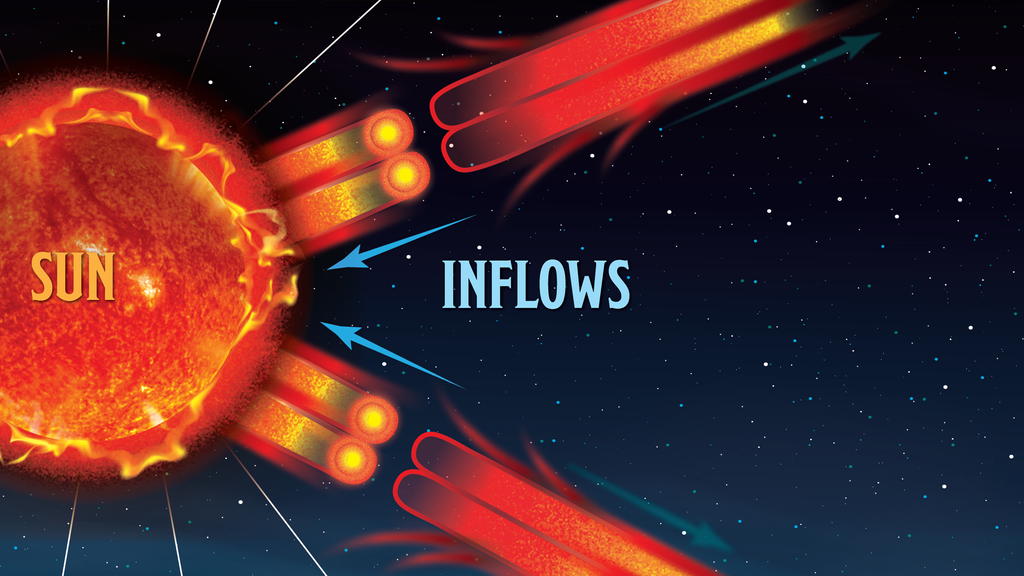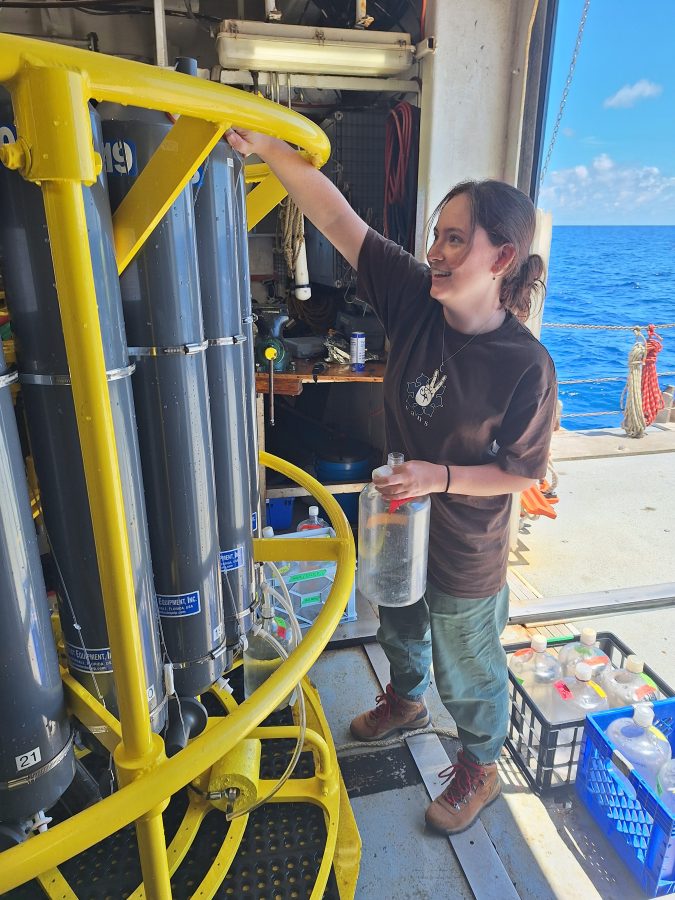The Sun emitted a strong solar flare, peaking at 3:35 p.m. ET on August 8, 2024. NASA’s Solar Dynamics Observatory, which watches the Sun constantly, captured an image of the event. Solar flares are powerful bursts of energy. Flares and solar eruptions can impact radio communications, electric power grids, navigation signals, and pose risks to …
Strong Solar Flare Erupts from Sun

































